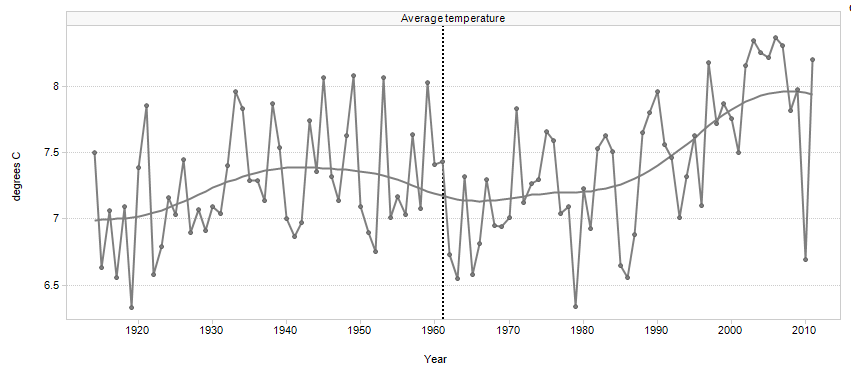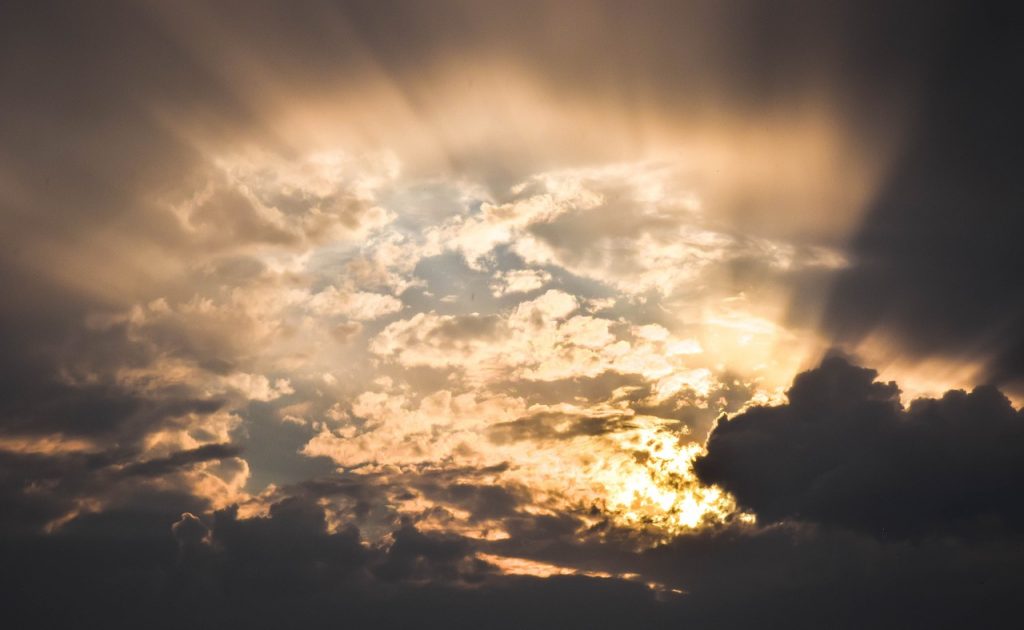It’s official: 2015 was warm. In fact, 2015 was the warmest year ever recorded, coming in around + 0.75°C above the long-term average. If you change the average baseline of 1961-1990, to a pre-industrial period of 1850-1900, then 2015 was around + 1°C warmer. Quite remarkable figures.
The reasons for such unprecedented global temperatures recently though are thought to be twofold: Firstly, the influence of an enhanced ‘El Nino’ elevating global temperatures and secondly, the continued human influence on our climate, altering trends above what is naturally expected.
Recently published research in Nature has suggested that the increase in CO2 emissions (post-Industrial Revolution) has, in part, resulted in a missed ice-age and has postponed the next one by at least 100,000 years. It now seems certain that humans have the ability to alter the planet’s natural processes – a capability that we currently appear to be executing.
As always, we want to know what the outlook for Scotland is, and what impact will changing temperatures have on the Historic Environment?
With respect to change that has already been observed, Scotland has been getting warmer (and wetter as we discussed in the previous blog) since the early 20th Century.
Data published by Sniffer, in Scotland’s Climate Trends Handbook, tell us that between 1914 and 2011, average temperatures have increased by around + 0.7°C. The change between 1961 and 2011 is greater, owing to longer running cycles in our climate, with a recorded increase of 1.3°C on average across the country.

The average temperature ( ºC) each year for Scottish regions, from 1914 to 2011, with smoothed curves to show running averages. The vertical dashed line marks 1961 (source – Scotland’s Climate Trends Handbook, Sniffer 2014)
If we consider a future Scotland, where globally there is still a high dependency on fossil fuels and as a result continued high emissions, we could see an increase of up to 2.8°C during summer months in some parts of Scotland by the 2050’s. Winter temperatures under the same conditions could increase by up to 2.2°C (figures sourced from UKCP09).
Of course the reality of the changes experienced will, in the end, be controlled by the actions we take now and in the future to reduce carbon emissions. What can be said however, with a high degree of confidence, is that temperatures are going to continue to rise.
Temperature Control on Decay Processes
Temperature plays an important role in many forms of decay. Take for example freeze-thaw weathering. Under current (and past) climates, the freezing of water held within the pore network of stone masonry, or in naturally occurring cracks and fissures in an exposed rock face, has been responsible for damage to stonework or responsible for destabilising susceptible rock outcrops.

Plants on some of the building structures on the island of Eileach an Naoimh, site of St. Brendan’s Monastery.
Temperatures must of course fall below 0°C for freeze-thaw weathering to occur. But with rising temperatures, the number of times a year this can occur is going to decrease. In one respect this is good news, on the other hand rising temperatures are going to begin to favour other processes, such as salt-induced decay.
In Scotland, rising temperatures have already increased the growing season by around five weeks since the 1960s. The implications of this on the historic environment include the appearance of species in places they were not found before, which can alter a place’s historic appearance and feel. Plants also have longer to ‘take hold’, this can be particularly damaging in ruinous sites, where plant growth can destabilise exposed stonework.
Get in Touch
You have maybe observed some of these changes yourself already? Feel free to share your own experiences and stories in the comments section below or tweet us at @HistEnvScot.

